My teaching assignment in Japan, in fall of 2008, with a recruiting company that hired and placed foreign English teachers in Japanese universities, came with housing in Fuchū, about a half hour by train from Shinjuku, a major Tokyo hub. It’s a small city in Tokyo prefecture with an urban neighborhood feel, west of Tokyo city. Its name was pronounced like a sneeze by the train conductor when approaching the stop.
In my first morning walk, I took in my new home. Small office and apartment buildings were interspersed with shops, bars, restaurants—some contemporary and sleek looking; some with character, bamboo and wood; others aging but well cared for, like a wrinkled old relative. Small groceries offered fresh goods on almost every block, produce and fish markets, bakeries, flower shops. And modern high tech electronic and phone stores with crammed shelves, chic hair salons. Vending machines cropped up everywhere; get your coffee or tea, hot or cold, fruit drinks or bottled water, right there on the street.
A steady stream of bicycles negotiated their way down the sidewalks. I assumed it would be best to keep left, as autos drive on the left side of the road and escalator riders descended on the left, but there seemed to be no consistent practice for bicycles or pedestrians; they were everywhere. Although some riders had ching-ching bells, most would just wait patiently, shadowing slowly behind you, until you noticed them and moved over. Many streets were too narrow for sidewalks, so people walked along the edge of the road. Under flowered or pastel umbrellas, carried like parasols, older women shielded the sun from their fair skin. In the open air, white paper masks covered some noses and mouths.
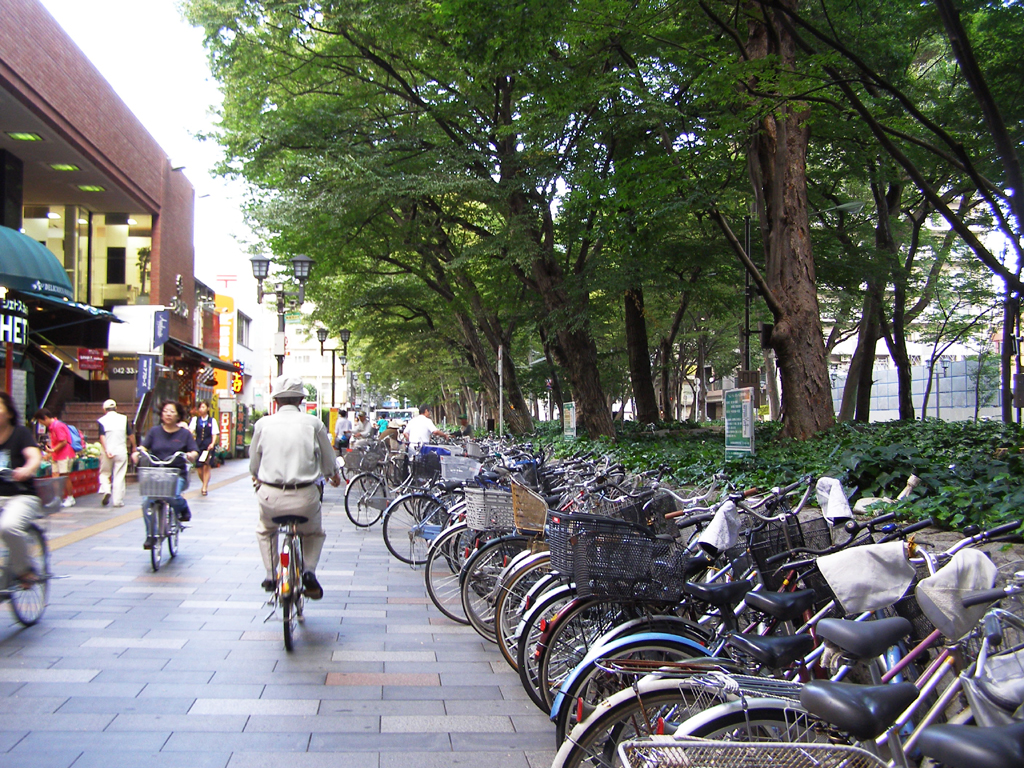
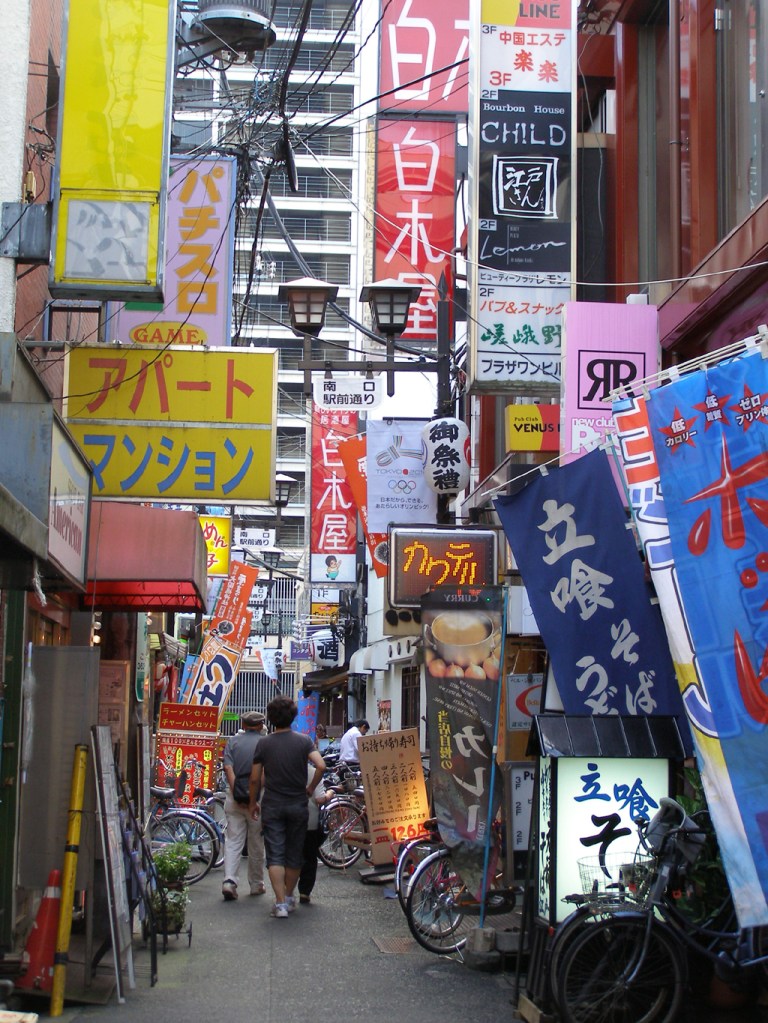

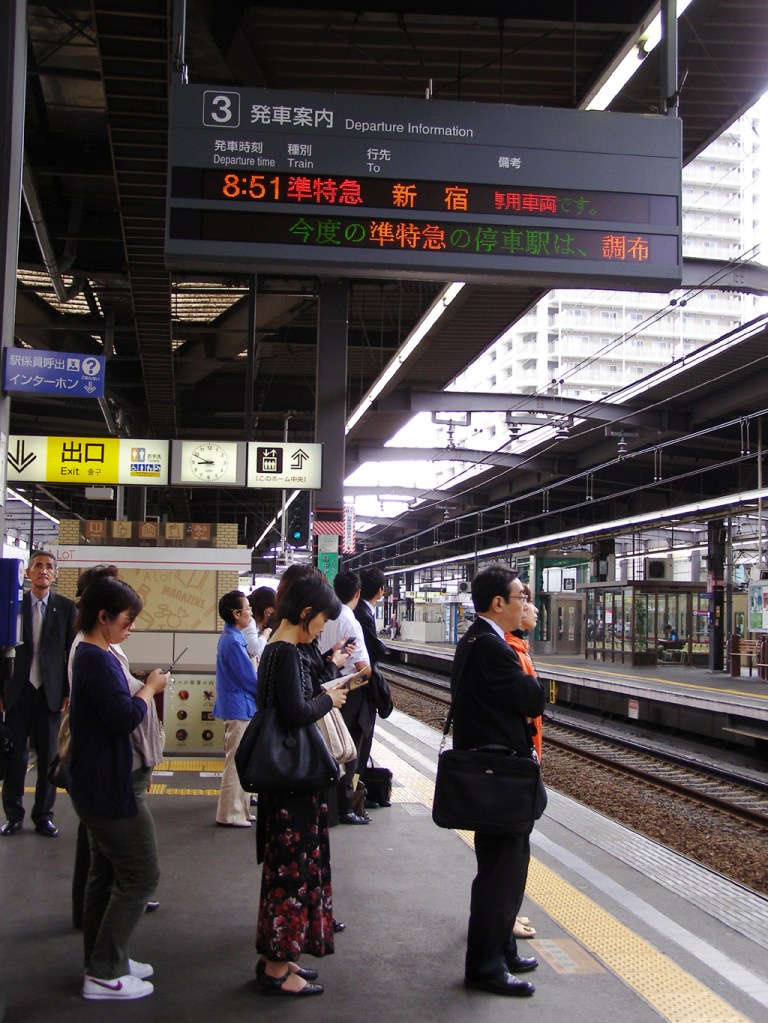
At one end of the main tree-lined street, I lingered at my first shrine, Okunitama, a peaceful pocket in greens and browns in a park with small buildings in the middle of the lively town, picking up a souvenir thick-toed ginko leaf to take home.
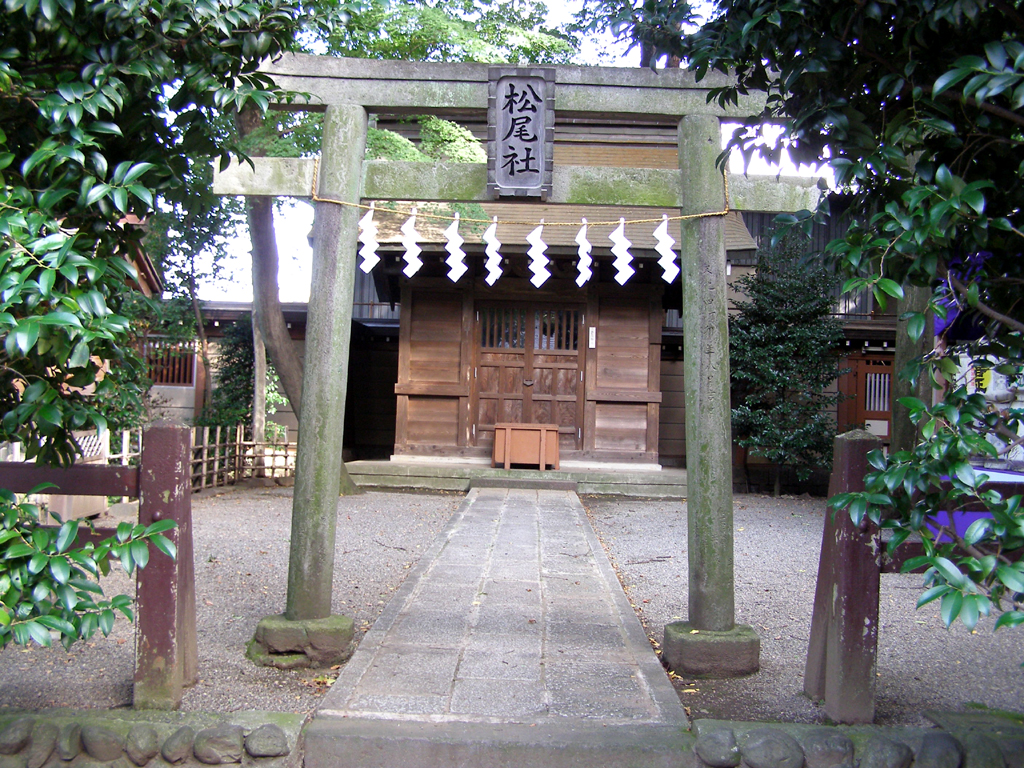

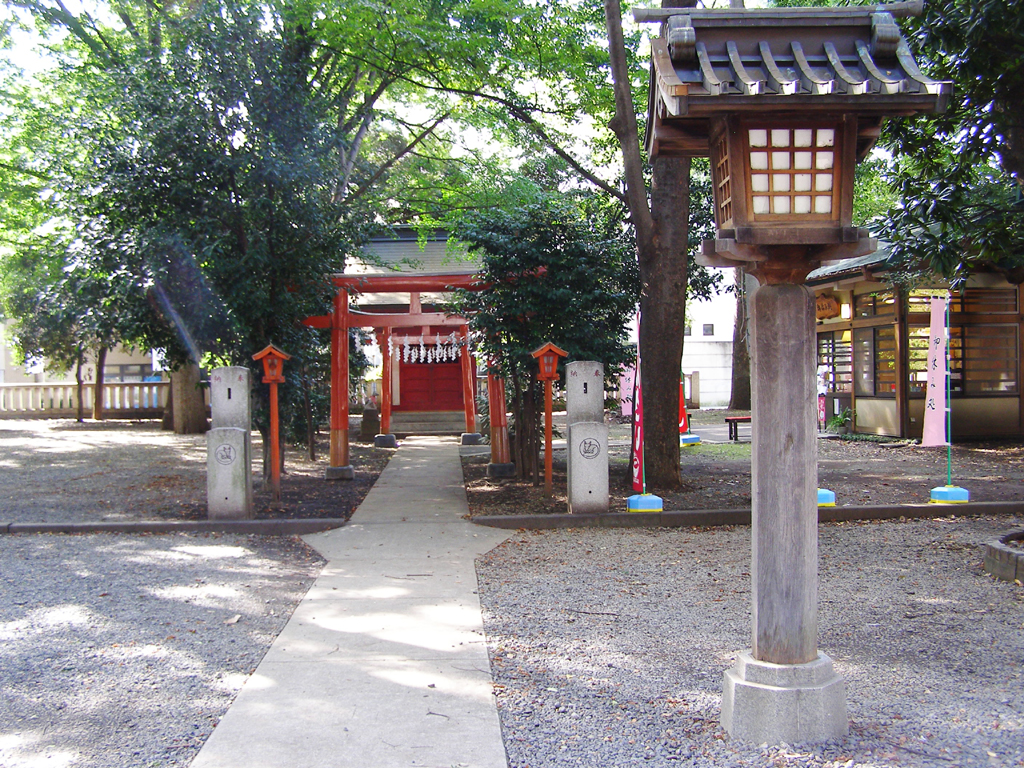
The week I arrived, I would learn, was Golden Week, a holiday of festivals. That first year I was scheduled for teacher training before the semester began and could only attend the evening parade. Children in costumes danced and local musicians played perched in carts that were carried around town.
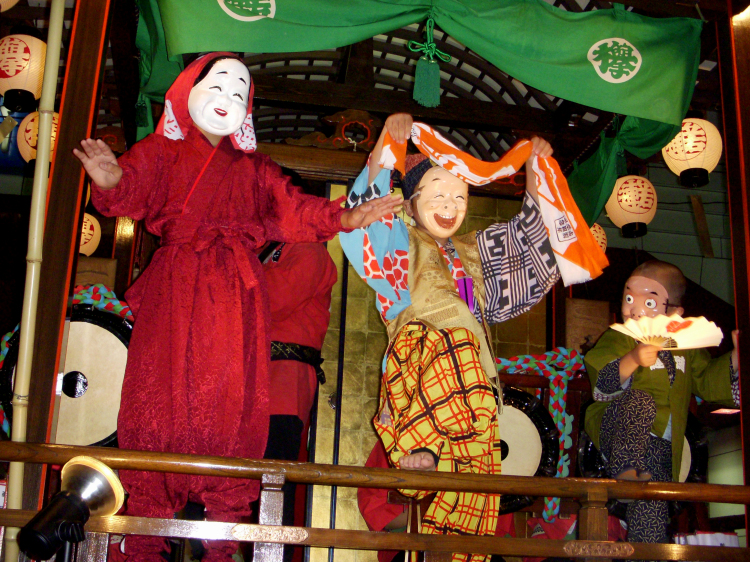


After my first year there, spent in a business hotel, I took up residence in a tiny but charming apartment that a Japanese friend helped me find. The living room, the only space you could call a room, which doubled as bedroom and dining area, was only six tatami mats, not just an abstract measurement because the floor was actually tiled with six woven mats fitting tightly like a jigsaw puzzle, the color and texture of rice straw blowing in the fields. Light poured in from huge windows on two sides, revealing a corner view over the street, giving it a larger, open feel. Dark woodwork framed the room; one side housed a built-in closet in which to stash my roll-up futon during the day.
There was not much room for furniture, nor did I want to make that investment, and heavy furniture should not sit on tatami anyway, so I furnished it Japanese style. I sat on cushions on the tatami floor around a low wooden table, stacking the cushions out of the way when the time came to pull out the futon. A few additional assemble-it-yourself pieces, a bookcase and a canvas wardrobe, made the room look furnished. A purple batik wrap I had brought from Central America served as a curtain. The hallway kitchen, with parquet flooring and blue-tiled walls, was separated from the main room by a sliding panel divided into glass panes that opened in the manner of the traditional Japanese paper doors.

In a quiet neighborhood with children often playing in the street below, I could watch life beyond my windows flowing in its course like a river, people walking to the station and home again, bicycles rolling by. I jogged around the park in the early mornings when it wasn’t raining and could walk to my regular haunts, the library with its fine collection of Japanese novels in English translation, town hall for Japanese class, my favorite izakaya, and a jazz club.
On weekends and evenings, I walked the streets, learning the town, exploring its little gems. On a bench in the park, the green space near my place, sat a statue of a girl playing the flute and her cat; next to the bench was another statue, of a fat man playing the saxophone, another cat sitting by him.
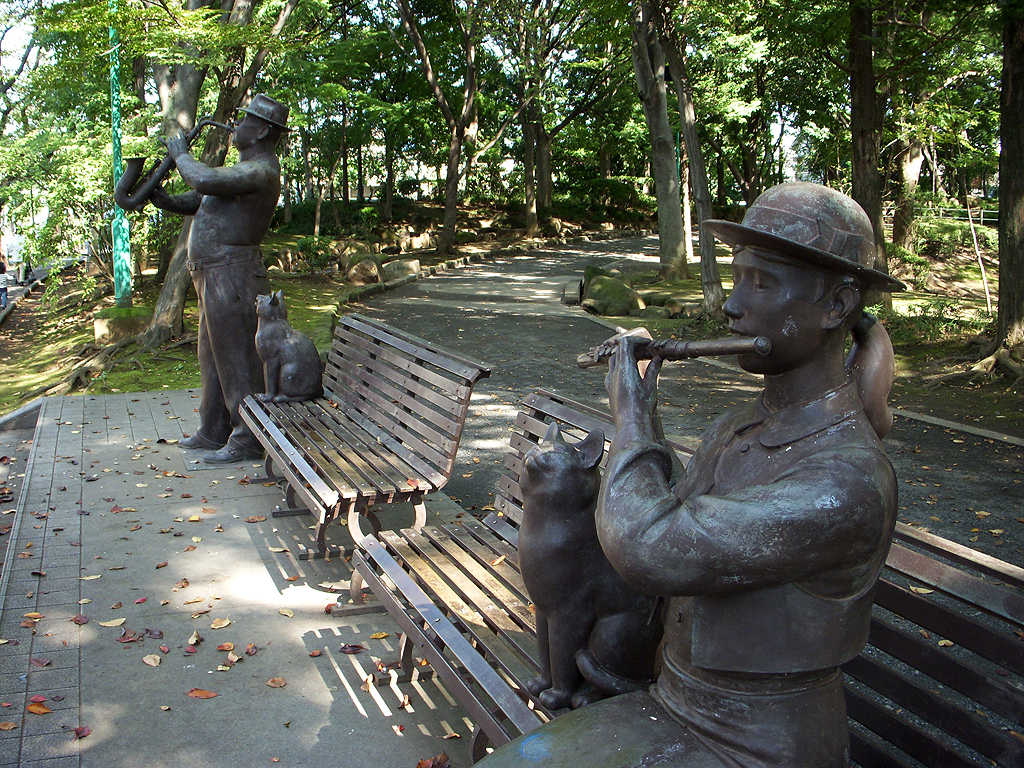
My apartment was off Sakura-dori, Cherry Street, lined with cherry trees that exploded in spring, paper lanterns swinging in the breeze.
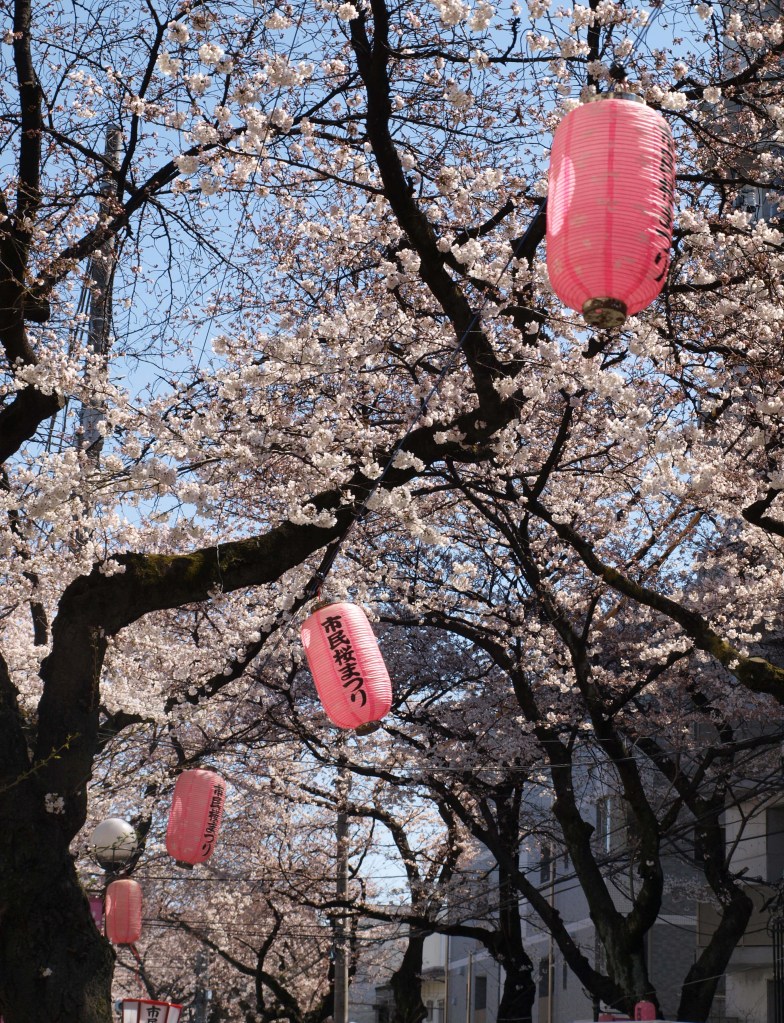
In a triangular corner, where two streets diverged, low-hanging branches of cherry trees were propped up with metal poles and an army of naked sculptured babies with Buddha-like heads ran around in formation. Life-sized statues of two young girls stood outside a city building, posed as if bored with life, waiting for something interesting to happen. In restaurant windows, edible-looking plastic food on display illustrated menu offerings. A bike path, full of walkers and cyclists on weekends, crossed over the train yards and led, after about a mile or so, to a trail along the Tama River, past flower gardens, shared vegetable patches with people out tending their crops, and an orderly toolshed for gardeners with water pitchers hanging on pegs in a row. In another direction was an art museum in a larger park, surrounded by low rolling hills and ponds, where children played in landscaped streams with tall round rocks, jumping from one rock to another, amid geometric sculptural shapes that dripped water into pools.
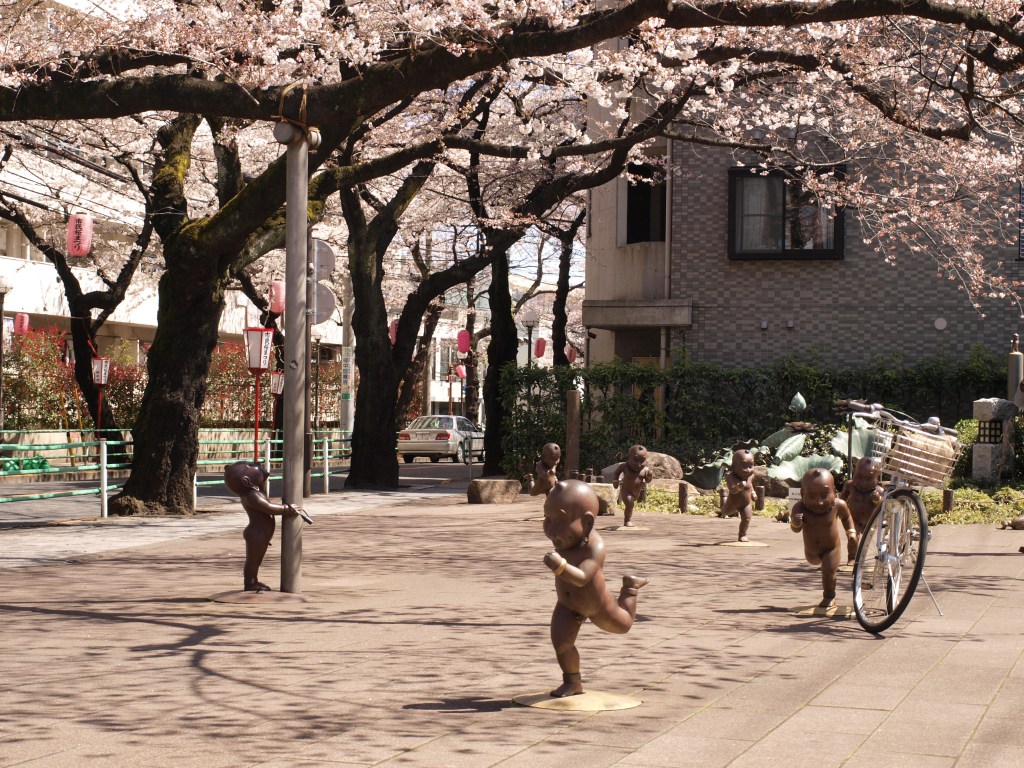

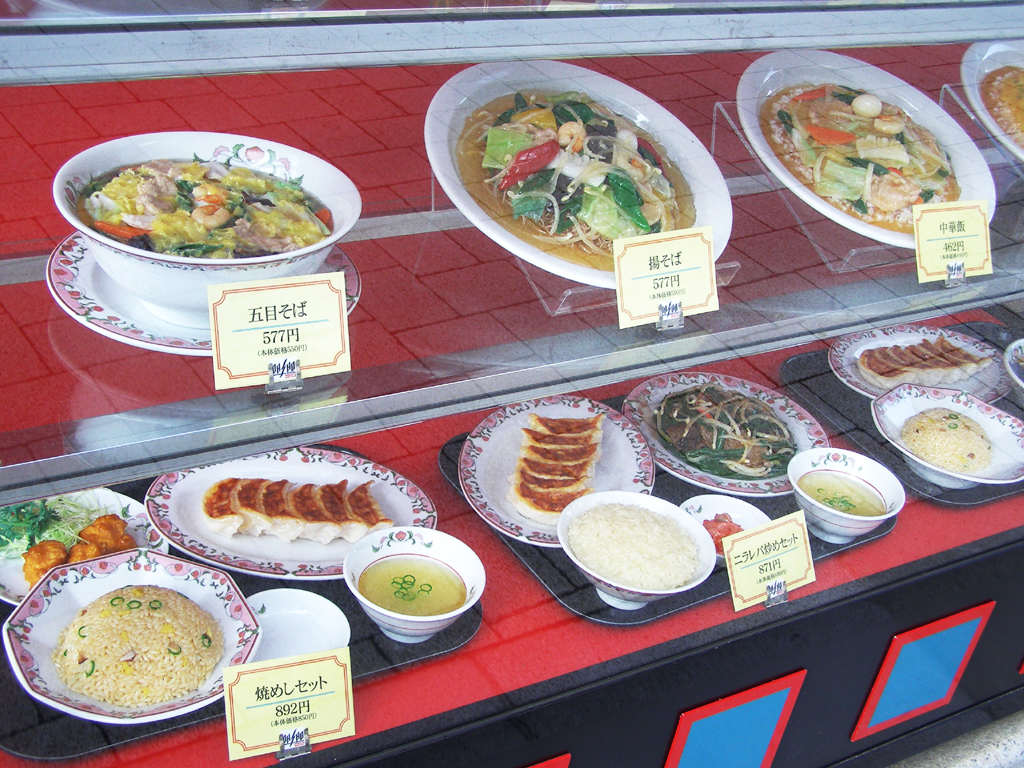
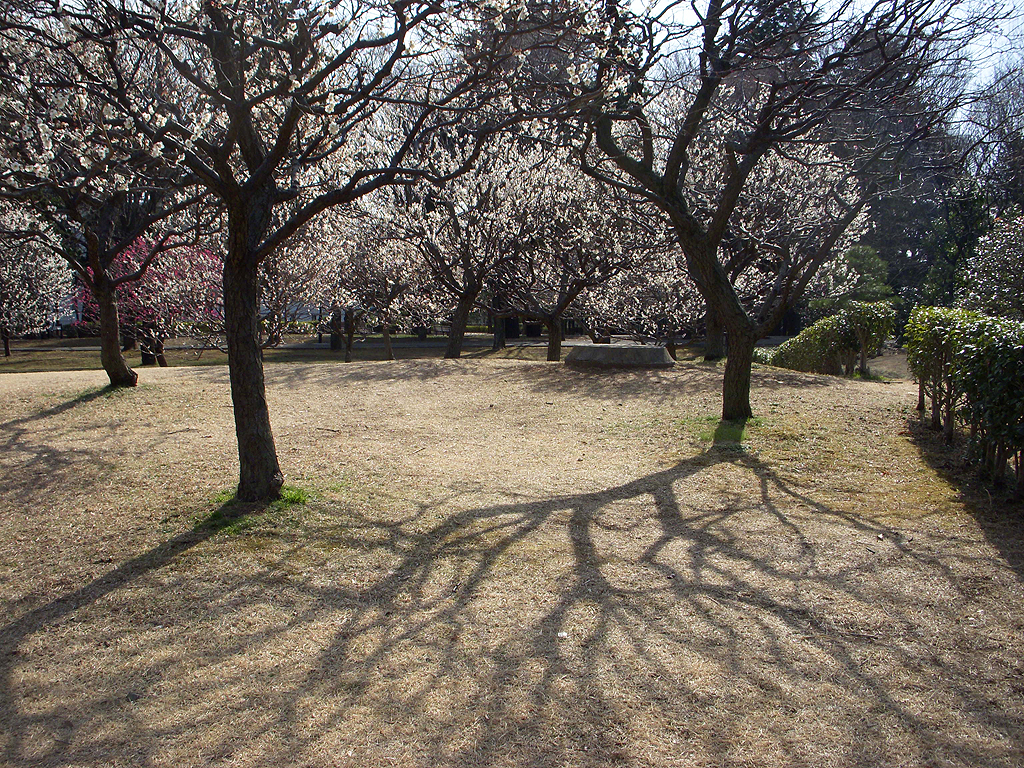
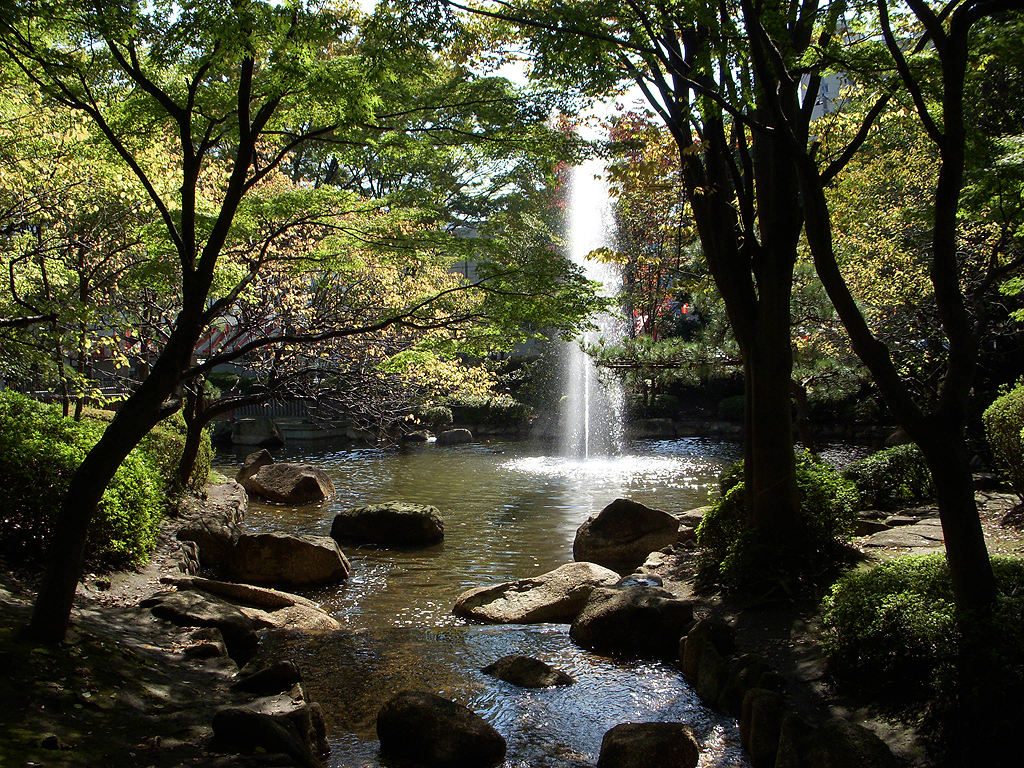
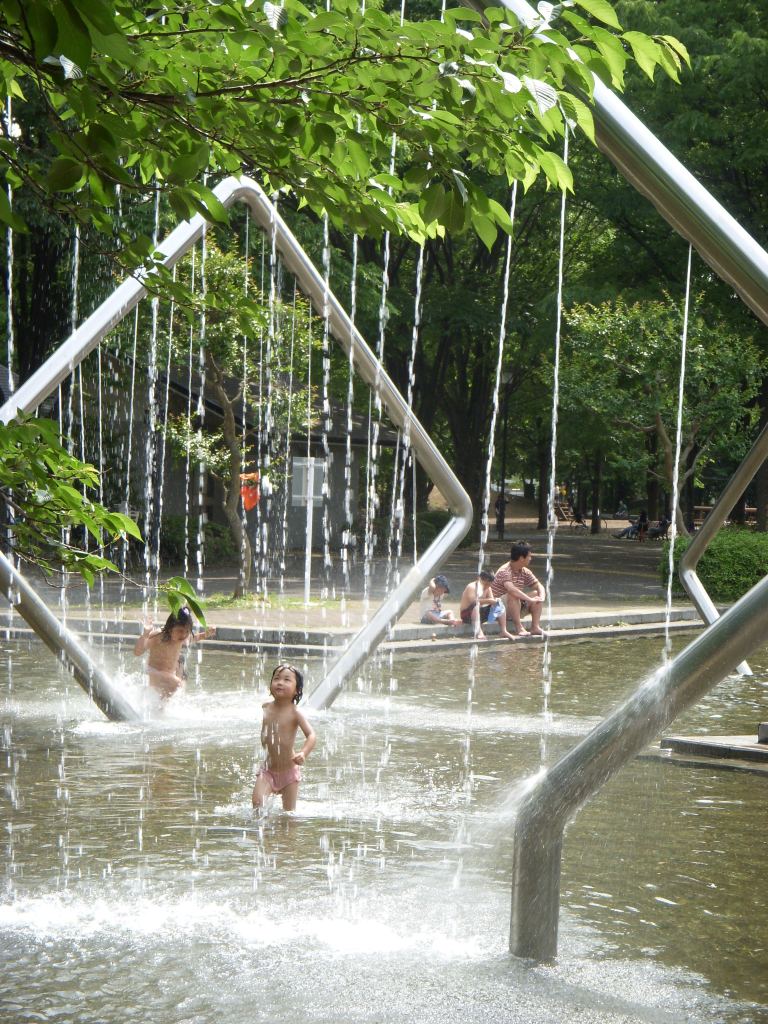
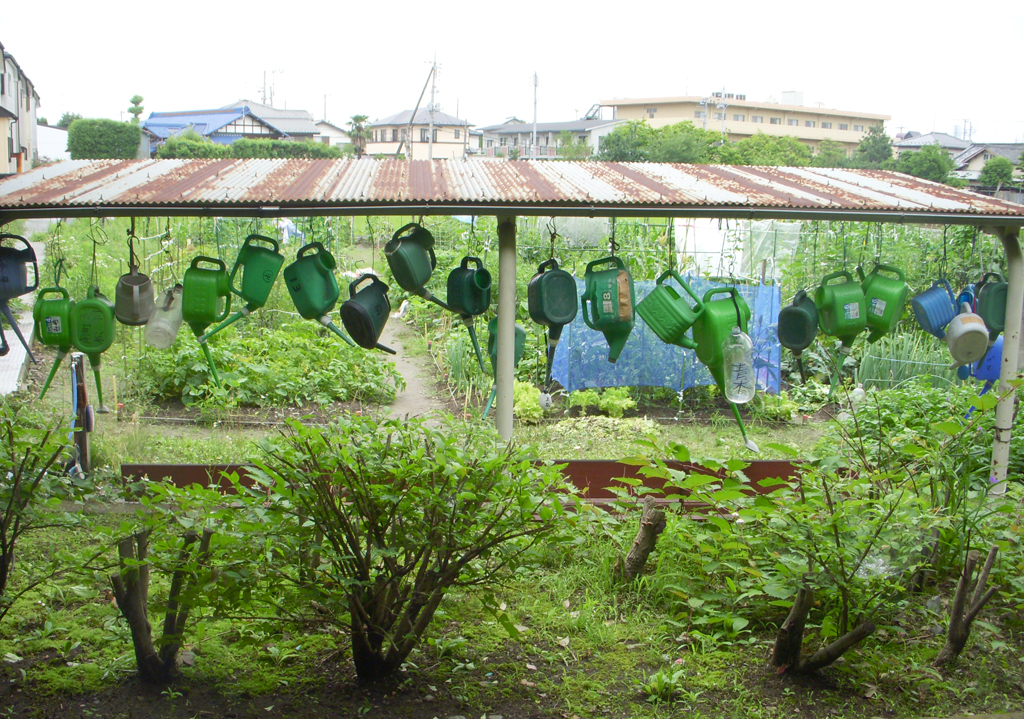

This piece, Zona Viva, and Prague are about places I lived when I was teaching abroad. This is an excerpt from my book, Go Wherever You Want (working title).
Please do not download or reproduce images from this site. ©
Your comments are welcome!
Popular posts/stats/categories
Email me at: Ruth@RuthRosenfeld.com
Follow me on: Facebook Instagram BlueSky Blog
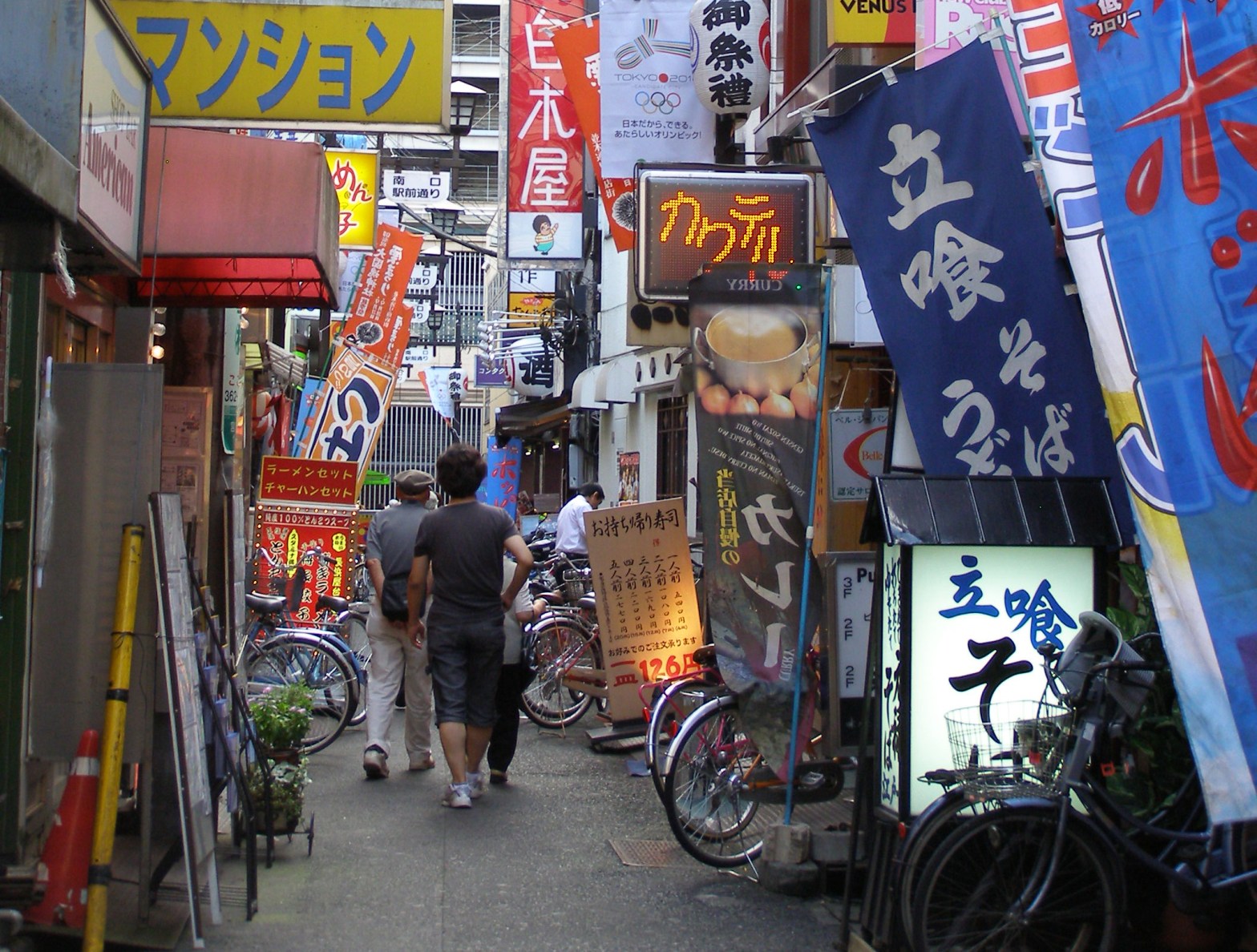
Transporting images. Beautiful compositions and an account I felt you often think about. With you It was nice and sunny to walk under with on Japanese streets and a business hotel.
Thanks for sharing
Nara x
LikeLiked by 3 people
Thanks so much for reading and your comment! I lived there for three years, a lovely place.
LikeLiked by 2 people
Pleasure.
Was it solely a teaching assignment? Did you stop it, cut it short? Or covid intervened? Sometime ago i had thought of taking this up to ofcourse teach in a foreign country and travel and write.
LikeLiked by 1 person
I lived there for three years, from 2008-2011, leaving the summer after the earthquake and tsunami, which affected life even though I was not in the hard hit areas. It was my plan to leave that summer – my apartment lease was done and my house in the U.S., which had been rented, was now paid off and I could come back and not work so much. (Before that I taught in Guatemala for 3 years and Prague for 2.) I enjoyed Japan immensely and went back for another semester a year later. It’s a great way to work and travel. Lots of travel as time allowed. I recommend it!
LikeLiked by 2 people
Thank you Ruth. I hope world order allows as it seems times are changing!
LikeLiked by 1 person
What a great community to live in, and with a few quirks. Mostly I love your description on how to pronounce it😊 Maggie
LikeLiked by 3 people
It actually was a lovely community; I made many Japanese friends there. Thanks for stopping by, Maggie!
LikeLiked by 1 person
The flute girl and the sax guy are making beautiful music together. And their cats are listening intently.
LikeLiked by 3 people
I often wondered if they were playing the same note or a harmony. Thanks, Neil.
LikeLiked by 1 person
Looks like a great place to stay. We love Japan. Thanks for sharing Ruth. Allan
LikeLiked by 3 people
Thank you for your visit, Allan. I lived there for three years.
LikeLiked by 1 person
Ruth, You are quite remarkable! I would love to see and get to know Japan in the way that you did.
Kind of like a total immersion into the culture. I have dreamed about visiting Japan, as well as many other countries in Asia. Thank you for sharing! The photos are gorgeous.
LikeLiked by 3 people
Thanks so much!! Actually it was very much a cultural immersion. I was there for three years and made an effort to make Japanese friends, rather than hang out with expats, and did quite a bit of traveling around the country (and Asia).
LikeLiked by 1 person
You are welcome. The more I read about your adventures makes me want to start planning an adventure. I really do want to see all the Asian countries.
LikeLiked by 1 person
Gosh, you’ve taught English everywhere! I know a couple of high school classmates who taught in Japan after college, and having visited there once five years ago, I think it’s a good place to teach English, all the while enjoy the diversity of Japanese culture there is. You taught in a beautiful part of the country, that’s for sure!
LikeLiked by 3 people
Well, not everywhere! 😀 I taught in three countries over eight years. But each was in a different continent and was a very different cultural experience. Glad you got to Japan to visit, it’s a unique place. Thanks so much, Rebecca!
LikeLiked by 1 person
I enjoy seeing pictures of parts of Japan most westerners never visit.
LikeLiked by 3 people
Thanks, Jay. Although not far from the Tokyo sprawl, it’s not a place visitors find.
LikeLiked by 1 person
Another fascinating read, and I loved seeing all your photos of this totally untouristy neighbourhood. I felt properly transported to Japan 🙂
LikeLiked by 3 people
I always appreciate your comments, Sarah. Tourists don’t find this little town.
LikeLiked by 1 person
It looks beautiful, and lovely to see such an authentic part of Japan. I can’t wait to visit this amazing country one day 🙂
LikeLiked by 2 people
It was a very pleasant place to live. I spent three years there. Thanks for your comment, Hannah!
LikeLike
Beautiful article and great pics!
LikeLiked by 1 person
I love the girls’ yukatas – it’s so colourful! And you’ve captured a wonderful moment with the little ones playing in the fountain in Fuchu Park – lovely photos all round 🌸.
LikeLiked by 3 people
I appreciate your comments! The yukatas are just one example of the beautiful textiles in Japan. You can buy small swatches of fabric as little towels or handkerchiefs, I was tempted to choose so many. 🙂
LikeLiked by 1 person
Very much enjoyed reading about your experiences and awesome pictures. Can’t wait for my Japan trip.
LikeLiked by 3 people
Thank you, Risa! There is much to see and experience in that lovely country and culture.
LikeLike
Many thanks for these beautiful impressions of Japan. I realy enjoyed all your pictures.
The room you found is a bit different from the western style, but all by all it looked coozy.
LikeLiked by 3 people
Thanks so much, Rudi! It was a small space but comfortable, and very Japanese.
LikeLike
I loved this! In part because it showed me a Fuchu I didn’t get to see (but glimpsed similar in other Tokyo neighbourhoods), and in part because it brought back memories of the days I did spend in Fuchu during Golden Week going to every part of the Kurayami Matsuri that I could possible find the energy for. It remains one of the highlights of all my travels. The energy from those giant taiko drums had me literally trembling.
Alison
LikeLiked by 2 people
I was able to enjoy the matsuri in subsequent years. These last few posts were mostly my initial impressions. I love that you went to Fuchu for the festival!
LikeLiked by 1 person
I am loving your stories of your early travels, and looking forward to your book!
When I go to a new place the first thing I research is festivals so Kurayami was high on my list of things to do in Tokyo. Here’s a retelling of it: https://alisonanddon.com/2018/08/20/a-kaleidoscope-of-perpetual-motion-fuchus-kurayami-festival-tokyo/
LikeLiked by 1 person
Thanks for the link – I left you a comment there!
LikeLiked by 1 person
Japan a honest country
LikeLike
What better way to experience the culture of another country than by living there. I still can’t get over how immaculate the gardens are in Japan.
LikeLiked by 2 people
The gardens are meticulously kept. The raked sand gardens around some of the temples are amazing.
LikeLiked by 1 person
The experiences sound wonderful, Ruth. Everyone’s dream to walk beneath those cherry blossom trees. I like that you’ve written this a bit like a diary. Do you miss the work now you’ve retired? It was a great way to see the world.
LikeLiked by 2 people
I journaled extensively when I lived abroad (that’s why it sounds like a diary). Although I don’t miss working full time, most years since, I have done some volunteer English teaching in Europe for a week and then travel for another week or two. It’s a great way to get to know people and experience the culture. Hoping to feel comfortable enough to do that next year… we’ll see what the world looks like then. Thanks for your comment, Jo!
LikeLike
I love seeing pictures of Japanese architecture and daily life. The one thing I would struggle with is living in such a small place, but I guess it’s all about what you’re used to. Of course I used to live in small apartments after college, and our travel trailer is a tiny 12-footer, but once your home size creeps up, it’s hard to imagine going back to something so small. (One down side to a big house just invites the accumulation of stuff.)
LikeLiked by 2 people
It was definitely an adjustment. I packed up the contents of my house, put it all in storage, and rented my house while I lived abroad. Each place I lived was smaller than the last, Japanese the smallest. But I knew it was temporary and would be back in my house with all my stuff. That made it easier. It felt like a cultural experience.
LikeLiked by 1 person
Your post made me smile. I like Japan. Thanks for the pictures!
LikeLiked by 1 person
Thank you for reading and commenting!
LikeLiked by 1 person
What a fantastic experience to truly immerse oneself in Japanese life. I was terribly impressed by your little apartment and the furniture. It was a wise choice to go with local style (although I wonder how easily I would get up from the cushion)…😉
LikeLiked by 2 people
I don’t think I would be all that comfortable doing that now, but it was a cultural experience at the time! Thanks for reading, Kerry.
LikeLiked by 1 person
Nice to read this story! I enjoyed! ❤🏯
LikeLiked by 2 people
Thank you for reading and taking the time to comment!
LikeLike
I enjoyed reading and viewing these lovely photos. I felt like you just transported me right there!😊🌅
LikeLiked by 2 people
Thanks so much, Sa, for coming along and taking the time to leave a comment! I lived there for 3+ years and it’s a place that captured my heart.
LikeLike
Your prose is so descriptive! I felt like i was there. Are you fluent in Japanese from living there?
LikeLiked by 1 person
I wish!! I studied Japanese a bit and could carry on some basic conversations. Often I could introduce myself and have a brief exchange (both in Japan and Prague) in their language, and then they switch to English, having studied English for many years and wanting to practice. It was a great opener, at least. Thanks for your kind comment, Beth.
LikeLiked by 1 person
I bet learning those languages were hard. I found in france i only had to say about three words in french before they would switch! I dont think they wanted me to botch it! Im best at Spanish
LikeLiked by 1 person
My French and Spanish are pretty good. I started college as a French major. These other languages have much less in common with English and were quite a challenge. I tend to be good at the accents, so people think I know the language better than I do!
LikeLiked by 1 person
So beautiful! I’m visiting in the springtime and I’m so excited!
LikeLiked by 2 people
Have a wonderful trip – Japan in spring is a perfect time to visit. Thanks for visiting and your comment, Virona!
LikeLiked by 1 person
Great bro.. Really nyc country japan
LikeLike
I really enjoyed reading about Fuchu. You gave us a real insight into your daily life. What gorgous images of the plum and cherry trees. I remember seeing the zig zag pieces of paper at Meji shrine in Tokyo. I seem to recall that they were put them in hopes of rain for a bountiful harvest. Is that right?
LikeLiked by 1 person
It’s a prayer and can symbolize many things. You see them at temples around the country. Thank you for visiting!!
LikeLiked by 1 person